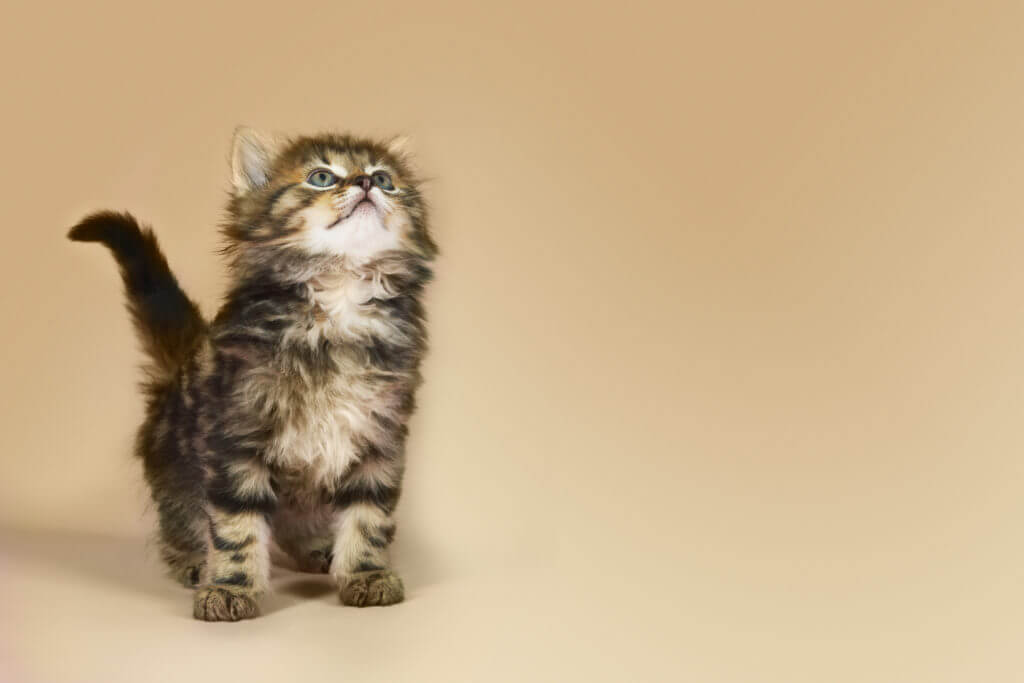We got Corabelle after staying at a Bed and Breakfast in Northern Wisconsin where the two sisters that ran the place had Bart. Bart was a Burmese cat that sat on my lap when I read, curled up with us for naps and followed me out the door and through the snow to the car when we left. He was, as far as I could tell, a cat that acted like a dog.
We found a breeder where we picked out Cora, and after a few days of skittishness, she rarely left our sides. She moved with us from Chicago to St. Simons to Atlanta to Decatur, a constant presence amidst the change. When she greeted us at the door, or when we pulled up in the driveway and saw her sitting, regal in the bay window we knew we were home. She was healthy until the last, and only then, when three vets and a board-certified radiologist couldn’t halt her rapid decline did we have her put to sleep.
The final few months were expensive. Fortunately, we had been increasing the amount we saved for vet care as Cora got older, so we had the money set aside, but it did make me wonder if pet insurance would have made sense. Two consumer groups – Checkbook.org and Consumer Reports – looked into coverage and found that in most cases, consumers would spend more in premiums than they would receive in benefits. Nevertheless, if your belief is that you would spend whatever is necessary to keep your pet healthy, pet insurance might be worth considering given how quickly vet bills can escalate.
If you do decide to consider pet insurance, make sure you understand what is and isn’t covered. Some policies cover wellness as well as accident, or accident and illness, but you are likely better off saving for wellness visits – since the cost is predictable and affordable – and looking to a policy to cover the latter costs. Additionally, read the policy carefully to see how chronic and pre-existing conditions as well as breed-specific conditions are handled as some or all of them may be excluded.
You will also want to consider the maximum annual coverage the policy provides, along with the deductible. Some policies cover a specific percentage of the vet bill for covered procedures, while others reimburse “usual and customary costs.” Most policies are reimbursement policies – that is, they reimburse you after you have paid the vet. However, in recent years, some direct pay policies have been introduced which provide direct payment to the vet.
Bills for the last six months of Cora’s life totaled nearly $3,000, but prior to that she was remarkably healthy. While it would have been a real plus to have insurance to help cover bills in her final months, between reserves and cash flow, we could afford to explore all reasonable medical options for her. Had that not been the case – had we needed to curtail treatment for financial reasons – we would have opted to purchase insurance.



